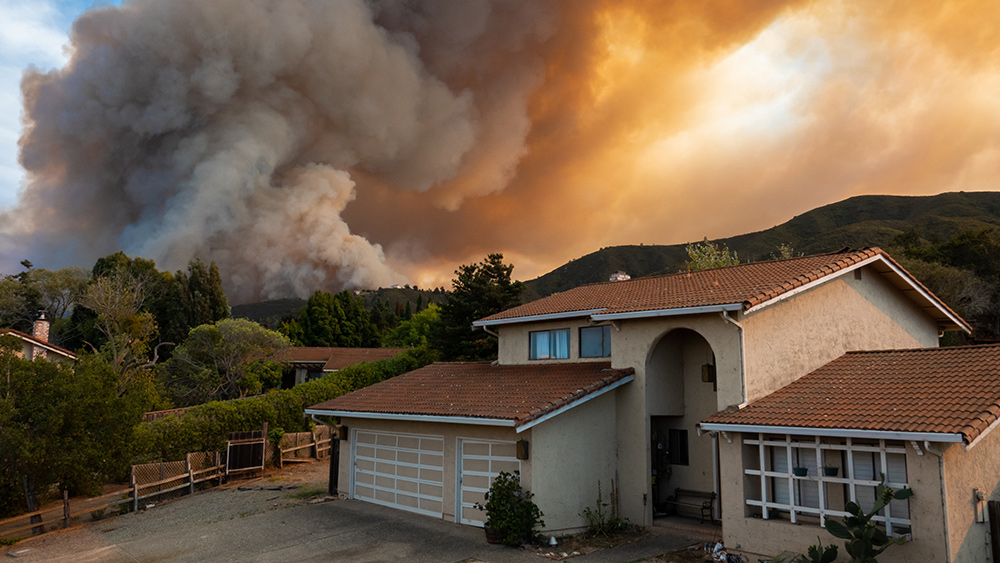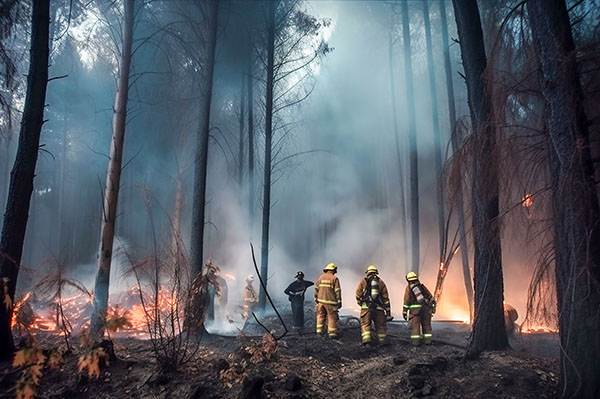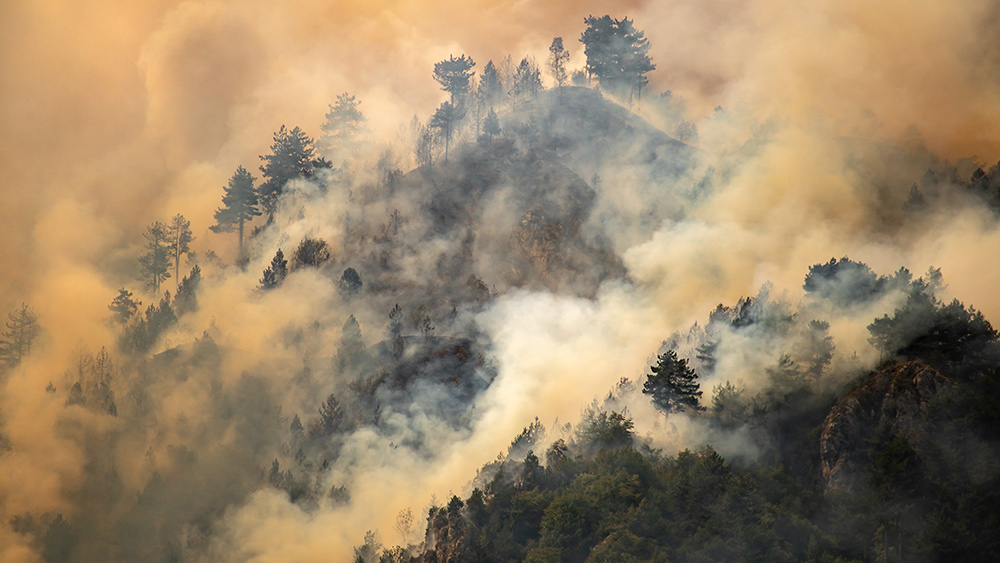Survival navigation: 5 Ways to navigate using the sky
06/23/2023 / By Zoey Sky

It is important to learn survival skills like navigation so you can get around safely if you’re lost in the wilderness and your phone battery has died.
Aside from knowing how to use a map and compass, you should also learn how to navigate using the sky so you can continue traveling to your destination even at night. (h/t to SurviveDoomsday.com)
Here are some tips on how you can use the sky for navigation after SHTF.
The information below works if you are located within the Northern Hemisphere. Keep in mind that if you live within the Southern Hemisphere, the constellations that you will need will be completely different, and the information below won’t work.
Use the sun to find north and south
If you get lost when the sun is still visible in the sky, learn how to use it to find north and south.
Remember that the sun will rise in the east and set in the west.
To find your way, determine a rough approximation of north and south using your analog wristwatch and a sunny day.
Point the hour hand of the wristwatch towards the sun. The midpoint between the hour hand and 12 is south. Use this information to plan your next move.
Use the moon to find north and south
It’s best to use to the moon to find north and south at night since you need a crescent moon to do this. It doesn’t matter if the moon is a waxing crescent or a waning crescent, the basic principle is still the same.
First, draw an imaginary line from the top point of the moon to its bottom point. Next, continue “drawing” that imaginary line down to the horizon on the planet. (Related: Survival navigation: Using trees, insects and birds to navigate.)
If there is a waxing crescent moon when you are using this method, the imaginary line will give you a rough estimation of the south.
If you are navigating using a waning crescent moon, the imaginary line will give you a rough estimation of the north.
Use the moon to find east and west
If you are navigating when the moon rises before the sun sets, that means you can use the moon as a rough guide for the west.
If it’s not until after midnight that you see the moon rise, heading towards the moon will take you in a rough easterly direction.
Use the North Star to go north
Finding the North Star takes a little more practice than using directions from the moon.
If you need a bit of help, try looking for the Big Dipper first. When you find the Big Dipper constellation, use the two stars that form the vertical edge of the bowl away from the handle.
Next, draw an imaginary line up and away from the two stars. Follow the line roughly six times the distance of those two stars from each other. That should direct you to the North Star.
If you are having trouble locating the Big Dipper, try using Orion to get an idea of where the North Star is as well. Draw an imaginary line from Orion’s left hip up through his left shoulder and continue to follow it to where the North Star is. That should lead you north.
Note that the Big Dipper rotates anti-clockwise about the North Star, so it will sometimes appear on its side or upside down.
But its relationship with the North Star never changes and it will always dependably point the way to it.
The reason the North Star is important for natural navigation is that it lies directly over the North Pole.
Use Orion’s Belt to find east and west
Orion’s Belt is easy to locate regardless of the time of year. Orion has three stars that form his “belt.”
Orion’s belt line will give you a rough estimate of east and west.
Use the moon as a calendar
If you’re backpacking for several days to weeks, you know how easy it is to lose track of how many days you have spent outdoors. If you need to check, use the moon as a calendar.
It takes the moon 29.5 days to complete its revolution around the Earth. If you can see the moon the first night that you are out camping or hiking and you see that it’s a full moon, you’ll know the next time that you see the full moon that it’s been 29.5 days.
Before SHTF, it’s good to know how to navigate using basic techniques like celestial navigation. It may take some practice, but a working knowledge of how to use the stars and moon to your advantage does not take much time to learn.
While having a GPS in your car or phone is useful, when dealing with an emergency, you can also benefit from knowing how to use the sky for navigation.
Watch the video below for a land navigation demonstration using a map and compass.
This video is from the STOKERMATIC channel on Brighteon.com.
More related stories:
10 Survival skills everyone needs to know.
Disaster prepping 101: Learn land navigation skills to get out of SHTF situations.
What are skills, rules and principles that will help you survive the wilderness alone?
Sources include:
Submit a correction >>
Tagged Under:
astronavigation, bug out, celestial navigation, disaster, environment, green living, navigation, off grid, preparedness, prepper, prepping, SHTF, star navigation, sun navigation, survival, survival skills, technology, tips
This article may contain statements that reflect the opinion of the author
Get independent news alerts on natural cures, food lab tests, cannabis medicine, science, robotics, drones, privacy and more from NewsTarget.com
Get independent news alerts on natural cures, food lab tests, cannabis medicine, science, robotics, drones, privacy and more from NewsTarget.com
RECENT NEWS & ARTICLES
SHTF.News is a fact-based public education website published by SHTF News Features, LLC.
All content copyright © 2018 by SHTF News Features, LLC.
Contact Us with Tips or Corrections
All trademarks, registered trademarks and servicemarks mentioned on this site are the property of their respective owners.




















